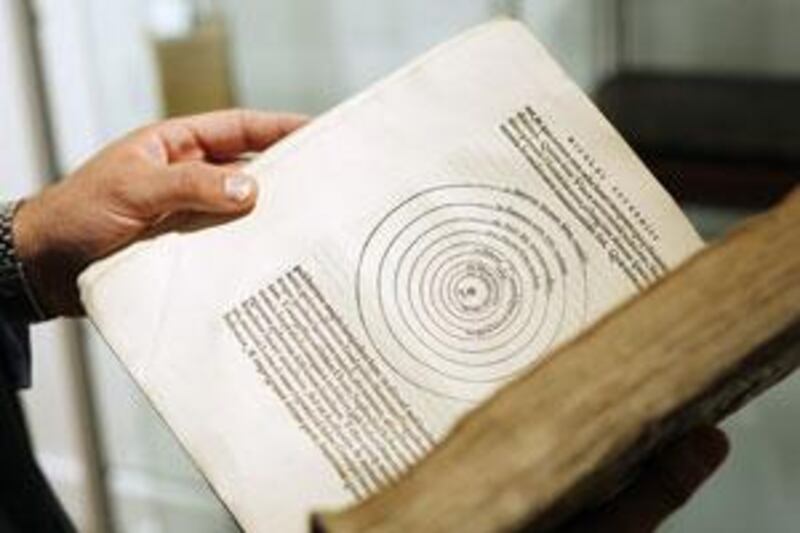Imagine you have been sentenced to death and that you're about to be executed. A dozen soldiers in a firing squad face you from a short distance. Your eyes have been covered. The order to shoot is given; you hear the shots fired. But after a few seconds, you realise that you are still alive and perfectly fine. The shooters have all missed you - or maybe they fired blanks. What would your reaction be? Do you tell yourself: there is nothing to explain; I am fine; case closed? Or do you start to think that there is something behind this lucky event; my life must have been saved for a reason?
This is the nice allegory first used by the philosopher John Leslie to describe the situation that scientists have found in the universe after discovering that many features of our cosmos are astoundingly fine-tuned to our existence, or to the emergence and evolution of life, more generally. Indeed, if the physical features that make up the universe had been drawn at random, the probability that they would have values allowing for life and intelligence to appear (at some point in time and space) would be ridiculously small, one in billions of billions of billions.
Many thinkers have recognised this discovery as an extremely important one, probably the most significant one at least since the discovery of the expansion of the universe. And the evidence for such "fine-tuning" of the universe has been accumulating for more than a century now. But the "anthropic" principle ("anthropos" meaning "human" in Greek), declaring the universe to be particularly fit for life and for humans has been around for some time.
Is this new or particularly important? Well, after the Copernican revolution, which removed Earth and humans from the central position in the universe, it came as a shock to the western elites to realise that the universe, instead of being completely oblivious to humans, was in fact particularly suited for life, consciousness, and intelligence. Most importantly, it was no longer the old fitness argument, stating that the temperature, pressure, gravity and environment of the Earth was "just right" for our existence and activity; it was now a question of the very foundations of the universe, the parameters and physical laws upon which everything was built.
In short, if the characteristics of the physical universe (and by physical, one includes the chemical, the biological, the geological) had been just a little different from their actual values, not only would we not be here to wonder about them, in most cases the universe itself would not have developed its various forms, structures such as galaxies, stars and planets would not have formed, and objects and organisms would mostly not have come into existence.
Let me give a few simple examples of this fine-tuning. If gravity had been slightly weaker in the universe, stars would have never formed, and hence carbon, oxygen, and other crucial ingredients of life would have never been made (except for hydrogen, all these elements are made inside stars); if gravity had been slightly stronger than what it is in the cosmos, the universe would have collapsed upon itself sometime after the Big Bang but before the formation of galaxies, stars and planets.
Electricity is a similar case; if its basic brick, the electron, had a slightly smaller charge, chemical reactions would have been too slow, and it would have taken forever to produce any complex molecules (such as DNA, which carries the code of life). If the electron's charge had been slightly larger, chemical reactions would have necessitated larger amounts of energy to proceed, something that was rarely, if ever, available in the cosmos.
And there are many other examples of this kind, which include the value of the speed of light and the universe's rate of expansion. The relative strength of the nuclear and electromagnetic forces are constrained to unimaginable precision - sometimes to one in 10120 (one followed by 120 zeros). My favourite example is the realisation that our universe could only have three dimensions of space and one of time.
First, one must recall that the three dimensions of our world had elicited commentaries and explanations by several thinkers in our history, going at least back to Ptolemy. Immanuel Kant had realised that there was a direct relation between this fact and the "inverse square" law of gravitation, although he considered the three-dimensionality of space to be a consequence of the other, and not the other way around.
Others (for example, William Paley in the early 19th century) had also done some analysis of the possible mathematical forms of the law of gravity and concluded that only in two or three dimensions could planetary orbits be stable Kant thus concluded that the inverse square law in nature was another example of divine programming. But it was Paul Ehrenfest who in 1917 showed that the stability of orbits of planets, atoms and molecules, as well as other properties of waves and nature, were possible only in a space of three dimensions.
Finally, in a more recent development, serious claims have started to be made to the effect that this fine-tuning is found not only in the fundamental aspects of the universe but also in cosmic, astronomical, geological, and other aspects of our circumstantial presence on Earth. In other words, astronomical and geological features of Earth and its relation to the Sun and the Moon in particular are extraordinarily designed.
Nidhal Guessoum is a professor of astronomy and physics at the American University of Sharjah






